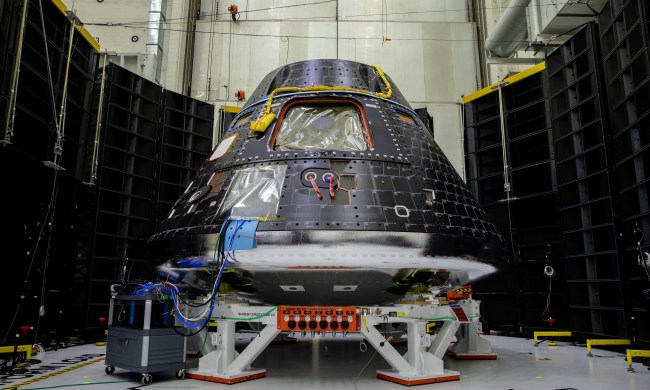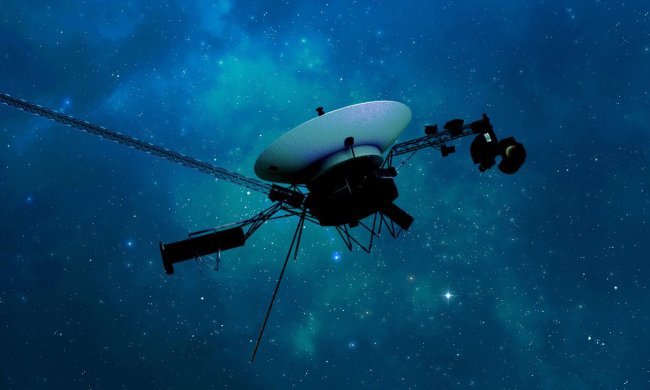NASA’s Juno spacecraft, currently in orbit around Jupiter, will soon be making a close flyby of one of the planet’s most dramatic moons, Io. On Saturday, December 30, Juno will come within 1,000 miles of Io, making it the closest spacecraft to that moon in the last 20 years.
Io is an intriguing place because it shows signs of significant volcanic activity, making it the most geologically active body in the solar system. It hosts over 400 active volcanoes, which periodically erupt due to hot magma inside the moon created by friction caused by the gravitational pull between Jupiter and its other large moons.

Juno has previously observed Io from a distance, coming within around 7,000 miles of the moon on a previous flyby. But now, it will come much closer, allowing the mission to take more detailed readings of the moon.
“By combining data from this flyby with our previous observations, the Juno science team is studying how Io’s volcanoes vary,” said Juno’s principal investigator, Scott Bolton of the Southwest Research Institute, in a statement. “We are looking for how often they erupt, how bright and hot they are, how the shape of the lava flow changes, and how Io’s activity is connected to the flow of charged particles in Jupiter’s magnetosphere.”
The mission will make another close pass of Io in early next year, on February 3. “With our pair of close flybys in December and February, Juno will investigate the source of Io’s massive volcanic activity, whether a magma ocean exists underneath its crust, and the importance of tidal forces from Jupiter, which are relentlessly squeezing this tortured moon,” said Bolton.
The environment around Jupiter is tricky for spacecraft, however, as there is a large amount of radiation that can damage electronics. This harsh environment has begun to cause damage to one of Juno’s instruments, its beloved JunoCam imager, which has taken some spectacular images of the planet over its 12-year mission.
“The cumulative effects of all that radiation has begun to show on JunoCam over the last few orbits,” said Ed Hirst, project manager of Juno at NASA’s Jet Propulsion Laboratory. “Pictures from the last flyby show a reduction in the imager’s dynamic range and the appearance of ‘striping’ noise. Our engineering team has been working on solutions to alleviate the radiation damage and to keep the imager going.”



